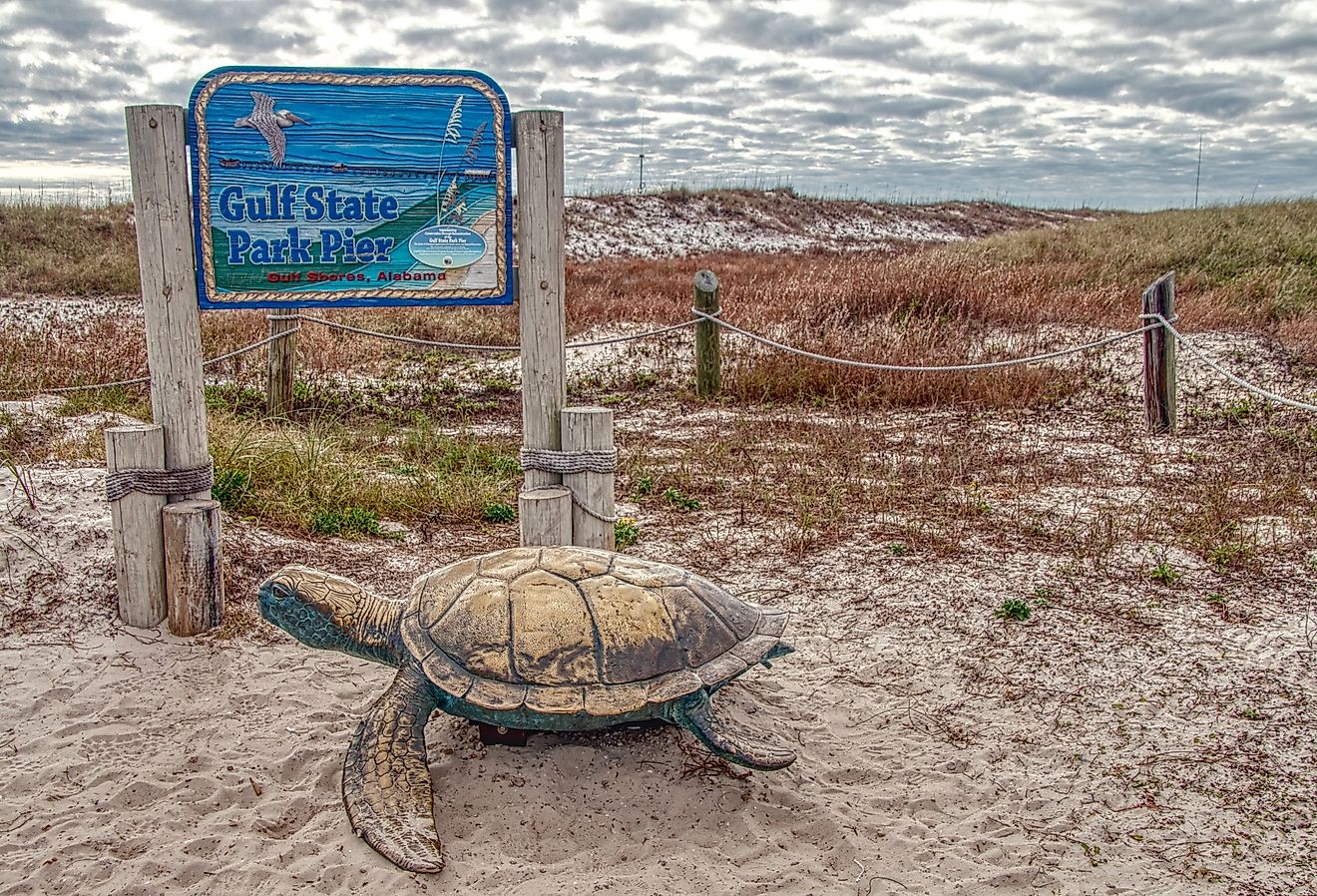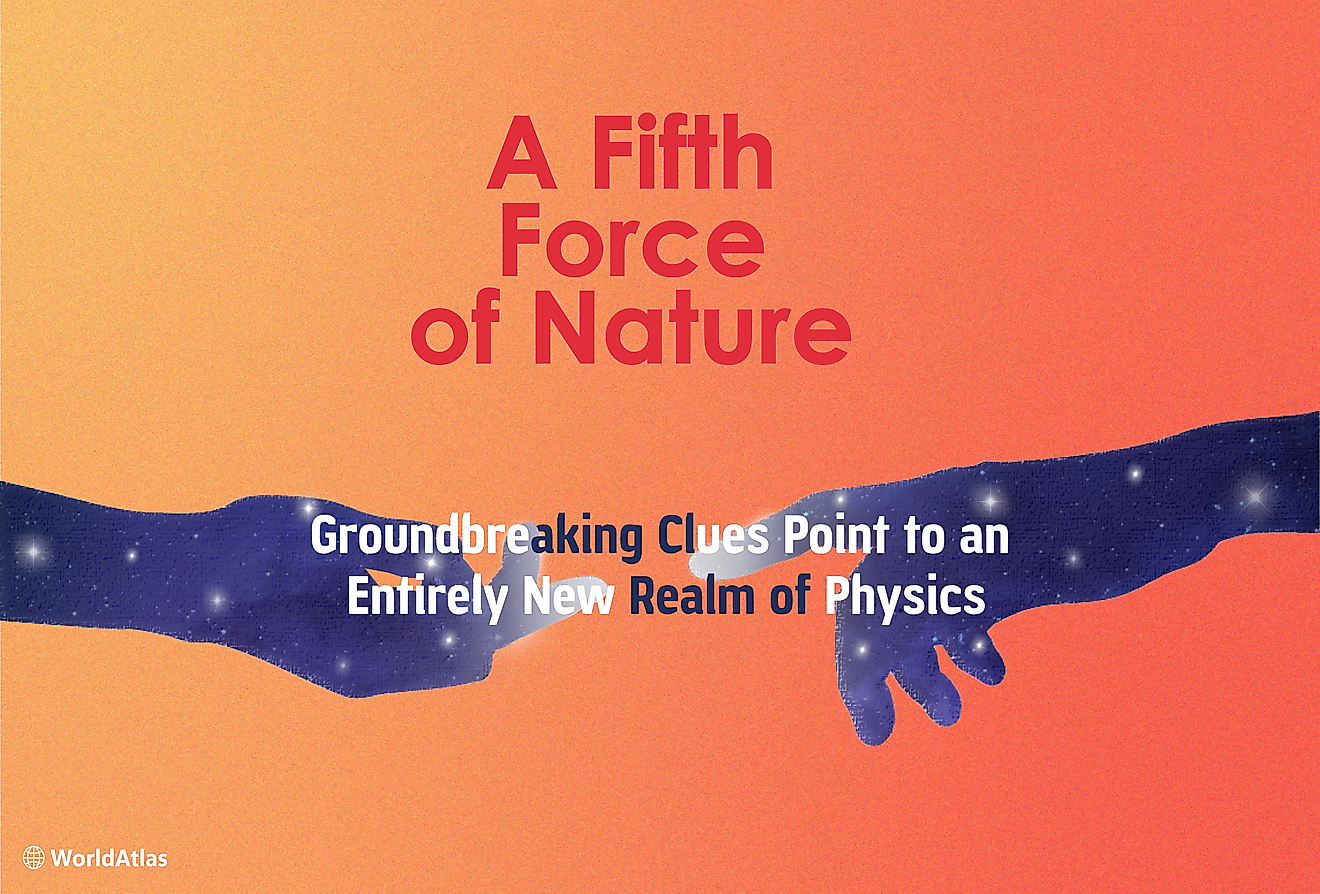Maps of Queensland

Queensland, located in the northeastern region of Australia, shares its borders with New South Wales to the south, South Australia to the southwest, and the Northern Territory to the west. The Coral Sea and the Pacific Ocean embrace its eastern coastline, providing a stunning seascape. Spanning a total area of 668,207 square miles, Queensland is the country's second-largest state.
The geography of Queensland consists of various regions, each with its distinct topographical features. The Great Dividing Range, which stretches from the northeastern corner of the state to the southeastern border, plays a significant role in shaping the state's geography. The eastern side of the range is characterized by lush coastal plains, while the western slopes lead to expansive inland plains.
The coastal plains, home to a large part of Queensland's population, feature fertile soils and a subtropical climate, fostering thriving agricultural communities. The Great Barrier Reef, the world's largest coral reef system, lies along the northeastern coast, offering a vibrant ecosystem and attracting millions of tourists annually.
Moving inland, the Eastern Highlands, comprising ranges and plateaus, rise dramatically from the coastal plains. The most famous among these plateaus is the Atherton Tablelands, which is well-known for its stunning landscapes, rich biodiversity, and fertile volcanic soils.
To the west of the Great Dividing Range, vast pastoral lands cover the Brigalow Belt, Mulga Lands, and Mitchell Grass Downs. These semi-arid regions support extensive grazing and livestock industries due to their expansive grasslands.
Queensland's arid Outback region, which includes the Channel Country, lies even further west. This area is characterized by its network of intertwined rivers and channels, which occasionally flood during the rainy season, creating a lush, temporary wetland environment that supports diverse flora and fauna.
In the far northwest, the Gulf Country, with its savannah woodlands and grasslands, borders the Gulf of Carpentaria. This region serves as a vital ecological corridor, supporting a wide range of wildlife species.
Queensland boasts a multitude of significant rivers and bodies of water, shaping its geography and supporting its thriving ecosystems. The largest river system in the state is the Fitzroy River Basin, which drains an area of approximately 55,000 square miles. Other major rivers include the Burdekin, Condamine-Balonne, and Diamantina rivers, each playing a crucial role in the state's water resources, agriculture, and natural habitats.
Counties Map

The State of Queensland is administratively divided into 322 counties and 5,319 parishes. In addition to this, there are about 77 local government areas in Queensland, which consist of several shires, cities, and towns. Covering a total land area of 1,852,642 sq.km, The State of Queensland is Australia’s 2nd largest State and the 6th largest country subdivision in the world. Located along both sides of the Brisbane River in the state’s southeastern part is Brisbane – the capital, the largest and the most populous city in Queensland. It is Australia’s 3rd most populous city. This port city also serves as an important transport hub.
Where is Queensland?

Queensland is a large state that is located in the northeastern part of Australia. It is geographically positioned in the Southern and Eastern hemispheres of the Earth. Queensland is bordered by the states of New South Wales in the south; South Australia in the south-west and Northern Territory in the west. It is bounded by the Coral Sea and the Pacific Ocean in the east. In the north, the Torres Strait separates Queensland/Australian mainland from the island nation of Papua New Guinea. The Gulf of Carpentaria surrounds the western part of the Cape York Peninsula in northern Queensland.
Regional Maps: Map of Oceania
Outline Map of Queensland

The above blank map represents the State of Queensland, located in the northeastern part of Australia. The above map can be downloaded, printed, and used for geography education purposes like map-pointing and coloring activities.

The above outline map represents the State of Queensland, located in the northeastern part of Australia. Queensland has been nicknamed “The Sunshine State”.
Key Facts
| Legal Name | State of Queensland |
|---|---|
| ISO 3166 Code | AU-AU_QS |
| Capital City | Brisbane |
This page was last updated on April 13, 2023







